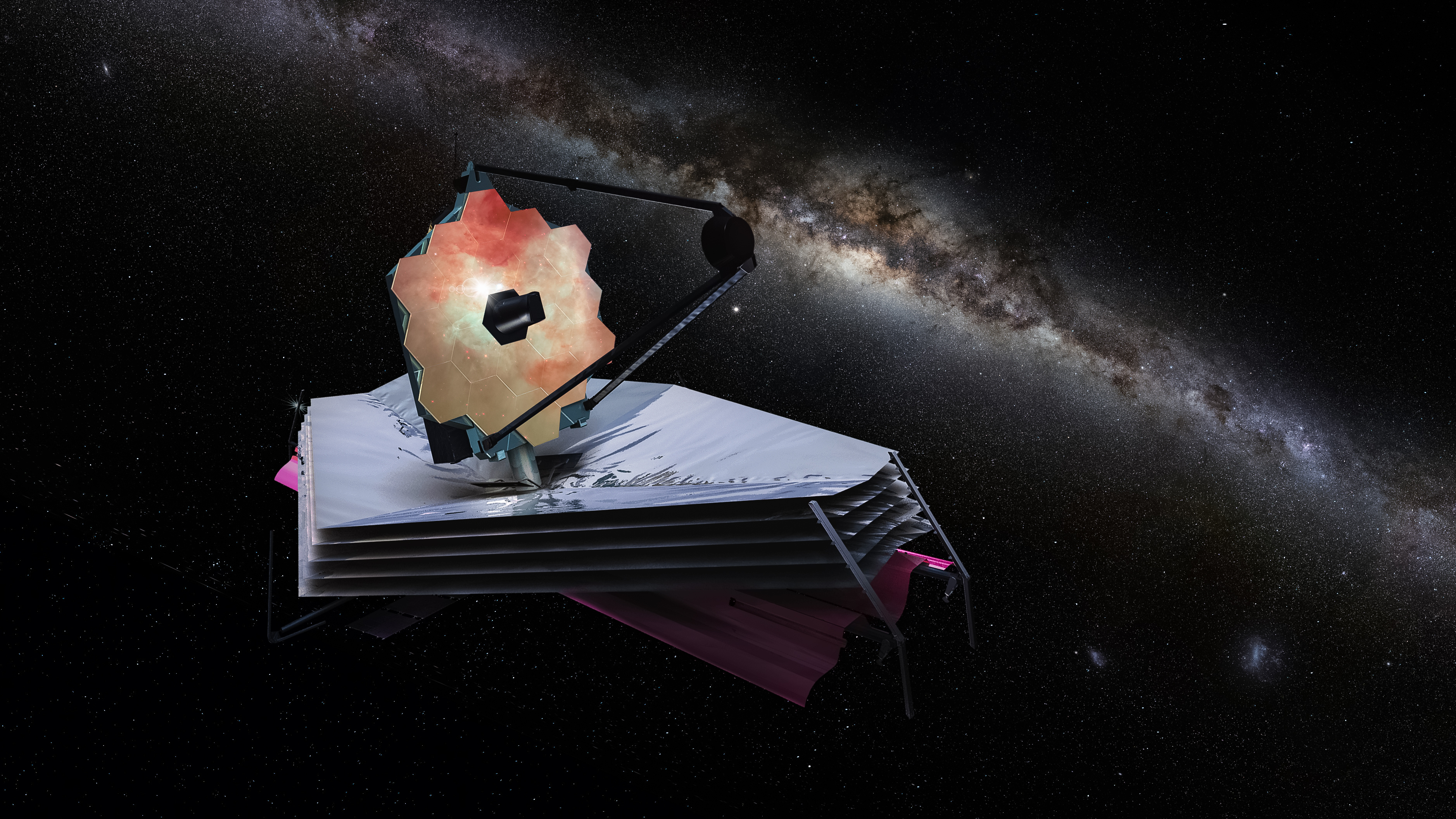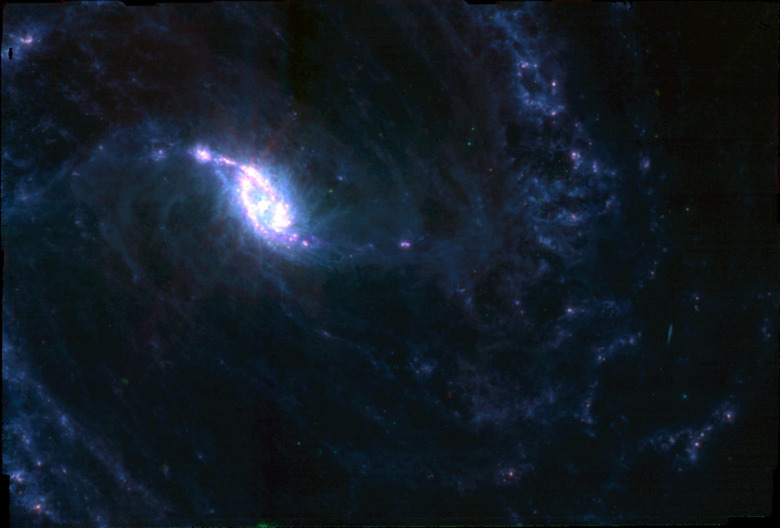James Webb Discovered Massive Galaxies That Astronomers Say Shouldn't Exist
The James Webb Space Telescope has made a shocking discovery. According to a new paper published in the journal Nature, astronomers have discovered enormous distant galaxies that some say shouldn't exist. These enormous galaxies are believed to be some of the early galaxies that formed after the Big Bang, and their discovery by Webb has left many scratching their heads in confusion.
According to the researcher, astronomers didn't expect to find the galaxies sitting there when they started observing those parts of space. These early galaxies that Webb observed aren't even supposed to be there. The galaxies are so far away from Earth that they only appear as small reddish dots to the telescope.
The researchers describe Webb's newly discovered galaxies in their study, detailing how the light emitted from the galaxies helped them establish that they were early galaxies from the universe's infancy – likely coming to existence only 500 to 700 million years after the Big Bang. These early galaxies are not surprising, of course; it's the size and maturity of the galaxies that has so many scientists baffled.

Instead of these large, hulking early galaxies that Webb observed, scientists expected there to be smaller and younger types of galaxies for that particular time period. Of course, this wouldn't be the first time Webb's observations challenged what we thought we knew about the early universe. That's why the telescope's observations have become such an important part of our space exploration.
But how exactly do they tell the age of a galaxy from so far away? It all comes down to the light that the galaxies emit. Younger stars emitting bluer light that is bright. Older stars begin to emit redder light as they burn through their fuel and start to cool down, creating the reddish coloring that we see when Webb views early galaxies.
Webb's discovery of these massive early galaxies will surely send some ripples through the scientific community. Hopefully, with future observations and telescopes, we'll be able to bridge the distance even more by observing them more directly.
